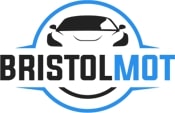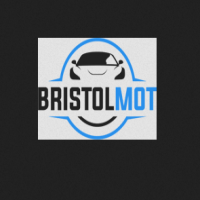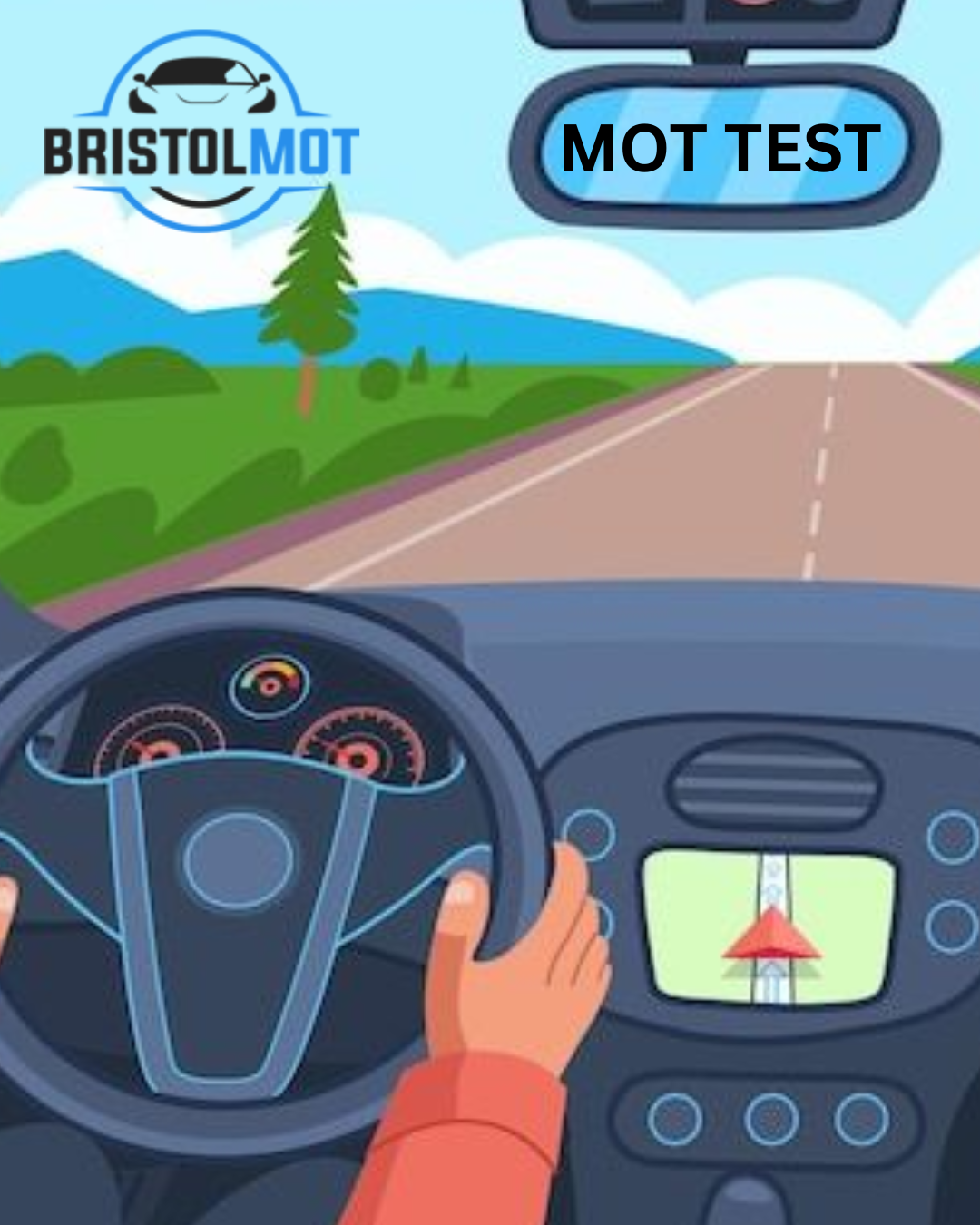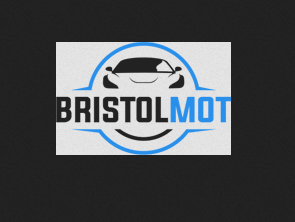Everything That You Need to Know About the Class 7 MOT

Strong 8k brings an ultra-HD IPTV experience to your living room and your pocket.
Vehicle safety and road worthiness have become one major concern in today’s age where the number of vehicles which are being driven on the road has been increasing day by day. And for tackling with this issue, the UK government introduced their MOT which is a roadworthiness test for the vehicles which are being owned and driven in the United Kingdom.
You might be familiar with what this test is, but there are many people who don’t know that there are various classes on this test. There are a total of 7 classes, and each contains a different type of vehicle which helps the tester to know which standards the vehicle should be tested. One not so popular class among the MOT is Class 7, which consists of commercial vehicles. For those of you who own a vehicle that comes under this class, this blog is for you. Here we will be covering the specifics of this MOT class and learning about it in depth details.
Understanding MOT Class 7
The MOT class 7 consists of commercial vehicles that weigh between 3 tons to 3.5 tons and have completed their 3 years from the date of registration. As the name makes it clear, these vehicles are required for commercial purposes only. This includes- for deliveries, trades, or any other kind of service which needs the safety of the driver as well as the passenger or the product that they are taking along with them. To know if your vehicle belons in this class of MOT then you can either check the vehicle handbook or the V5 Registration Documents as here you will find details related to the class from which your vehicle belongs in MOT. Here are some examples of the vehicles included in the Class 7 of MOT:
- Mercedes Sprinter
- Ford Transit
- VW Crafter vans
- Iveco Daily Trucks
How Is MOT Class 7 Different from Other MOT Classes?
To get a much better understanding of Class 7 MOT Bristol, you should know how it is different from other MOT classes. As we have said that the most uncommon class of MOT, which has the least number of vehicles that are tested is Class 7 and if we talk about the most common class in MOT which contains vehicles like standard passenger cars, small vans, and motorhomes is the MOT Class 4. The most common difference between the most popular and the least popular class of MOT is the weight difference between the vehicles.
The vehicles in the Class 7 category can weigh between 3000 to 3500 kg. But the vehicles in all the other classes, including Class 4, consist of vehicles which weigh much less than the ones in this class. If we talk about the load on the vehicle while being used, it is also higher in Class 7 vehicles as they are used for purposes like construction site work, good transportation, and various other things.
Checklist For Class 7 MOT Vehicles
Now that you have understood the type of vehicles that this class contains, you should also know the checks made in this test for your vehicle. Knowing this before you book MOT Bristol can help in increasing your chances of passing this test. Here we have provided with a detailed breakdown of all the checks made to the vehicles in this test:
Parts Related to Signaling and Lighting
Lights can be quite a delicate part of a vehicle and with the passing of time, their condition would require extra attention during the test as they are responsible for providing the driver with a clear view of the road on which they are driving. The indicators and signaling provide help to the driver to signal the drivers of the other vehicle to give the side or inform them if you are going to make a turn or are pressing your brakes. This list includes your- indicators, backlights, headlights, and fog lamps.
- Brakes
Proper functioning of brakes and the overall braking system, especially for vehicles which come in Class 7 as they would have access load leading to them having extra weight than the other vehicles on the market. So, in this test a certain criterion is set by the United Kingdom government under which the braking system is checked thoroughly.
- Wheels
Various elements related to the wheels like tread depth, condition of the tyres, and wheel alignment are checked under MOT for class 7 vehicles. Having a tyre which has worn out tread or has multiple punctures or is damaged will lead your vehicle to fail the test. Therefore, you should always have your tyres in good condition so that you can pass the test without any problems.
- Final Thoughts
Knowing the difference between the various classes of MOT is quite important as it will help you in knowing the criteria under which your vehicle will be tested and will also be required for you to fill in when you are booking an appointment for the test. So, here we have provided some important details related to Class 7 MOT. You can use this information to check if your vehicle belongs to Class 7 or not and prepare for the test accordingly.
Note: IndiBlogHub features both user-submitted and editorial content. We do not verify third-party contributions. Read our Disclaimer and Privacy Policyfor details.




